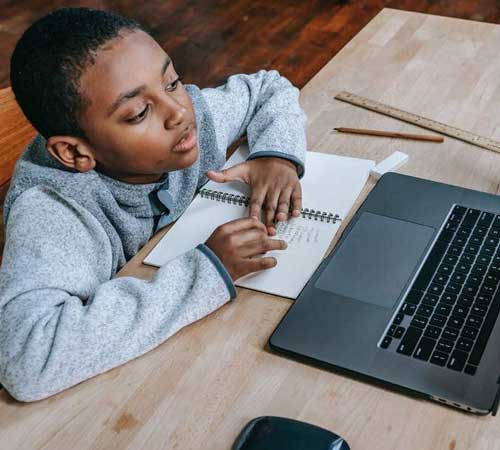
Parents sometimes get it wrong when they compare their child’s learning ability/disability or pace to that of other kids, thereby resulting in low self-esteem in that child.
In that vein, parents should understand that there exist various learning styles discovered by psychologists over time to support a child’s learning.
In other words, a child’s learning style refers to various unique ways kids process, absorb, and retain information when they study or learn.
It ultimately refers to how they learn best, and it can vary from child to child.
Categories Of Learning Styles
There are basically four types of learning styles. It includes:
1. Visual (seeing)
2. Auditory (hearing)
3. Tactile (touch)
4. Kinesthetic (doing and moving)
Visual Learning Style
Some kids learn better when they are in class, seeing their teacher demonstrate and explain, especially with instructional materials. Do you notice that your child pays attention to details and often observes things others might miss, or they’ve got a strong imaginative ability and process information through mental images rather than words or sounds? Do they possess a good sense of direction and recall unfamiliar places? Are they usually distracted by sounds? Then, it’s time to realise that the best learning style for your kid is visual/spatial learning.
Auditory Learning Style
Auditory learning is learning done by hearing or listening to information.
It means the child best assimilates information through a preference for verbal communication and recordings.
Even when they don’t take notes, they can assimilate and recall word-for-word the information or sound they heard.
They perform better in oral examinations compared to written ones and do better in presentations or other scenarios that require verbal communication.
Tactile Learning
Oftentimes used by visually impaired pupils and students, tactile learning means the study that takes place with a preference to touching to feel what is being communicated. They are often called hands-on learners as they prefer manipulating objects with their hands. Moreover, they tend to struggle with abstract or theoretical concepts that they can’t touch to feel.
Kinesthetic Learning Style
Have you noticed that your kids can’t sit for long to learn, and other types of learning bore them to sleep? Then they might be kinesthetic learners; learners through moving and doing.
They seem very energetic and are likely to move around in the classroom while learning is going on.
Also Read: When, How To Test Your Child For Learning Disability
These kids often excel in sports, dance, and other skills that involve movement. It’s also beneficial to know that they can struggle with passive listening to tutorials unless they can participate actively.
In conclusion, discovering your child’s learning style is like unlocking a secret to their success in their learning journey. It’s a game-changer for parents and kids alike.
By understanding how your child learns best, you can help them thrive in school, build confidence, and develop a love for learning that lasts a lifetime.
So, take the time to get to know your child’s unique learning style, and watch them flourish!
For more resources on parenting visit @fabmumng



